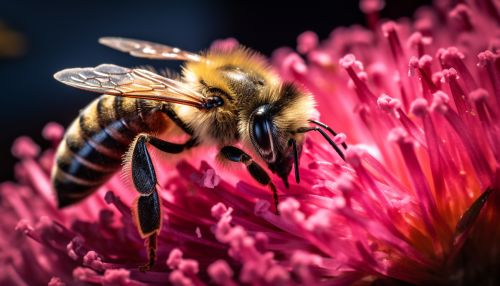The Ecology of Pollination Networks
Introduction
The ecology of pollination networks is a complex, multi-faceted field that explores the interactions between pollinators and the flowering plants they service. These interactions form intricate networks that are crucial to the survival and proliferation of many plant species, and by extension, the overall health of ecosystems.
Pollination Networks
Pollination networks are composed of mutualistic interactions between plants and their pollinators. These networks are characterized by their complexity, with many species of plants and pollinators interacting in various ways. The structure of these networks is influenced by a variety of factors, including the diversity of plant and pollinator species, the phenology of flowering and pollinator activity, and the spatial distribution of plants and pollinators.


Network Structure
The structure of pollination networks is typically described in terms of their complexity, connectivity, and nestedness. Complexity refers to the number of species and interactions in the network, while connectivity describes the degree to which species are linked through pollination interactions. Nestedness, on the other hand, refers to the tendency for specialist species to interact with a subset of the species that generalists interact with.
Factors Influencing Network Structure
Several factors influence the structure of pollination networks. These include the diversity of plant and pollinator species, the phenology of flowering and pollinator activity, and the spatial distribution of plants and pollinators. Additionally, environmental factors such as climate, habitat fragmentation, and land use changes can also impact network structure.
Ecological Consequences of Network Structure
The structure of pollination networks can have significant ecological consequences. For instance, networks with high connectivity and nestedness can enhance plant reproduction and pollinator survival, contributing to biodiversity and ecosystem stability. Conversely, disruptions to network structure, such as those caused by habitat fragmentation or climate change, can lead to declines in plant and pollinator populations, with potential knock-on effects for ecosystem function.
Conservation Implications
Understanding the ecology of pollination networks is crucial for conservation efforts. Given the vital role of pollination in plant reproduction, disruptions to pollination networks can have serious implications for plant diversity. Moreover, because many pollinators are also important for other ecosystem services, such as pest control, the conservation of pollination networks can have broader implications for ecosystem health and human well-being.
